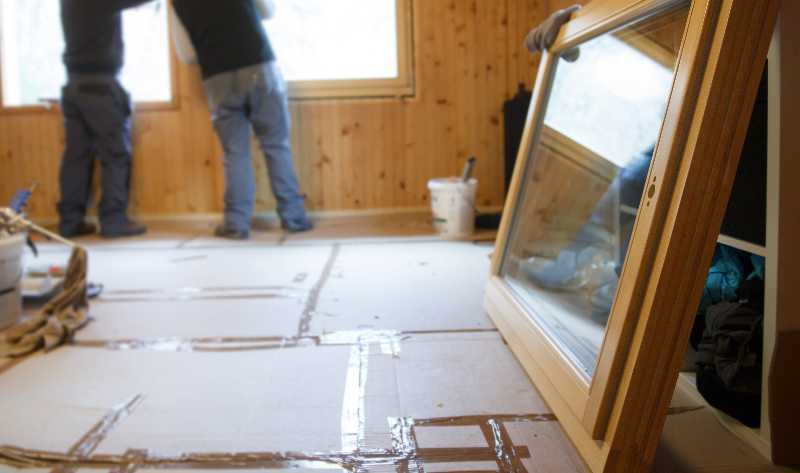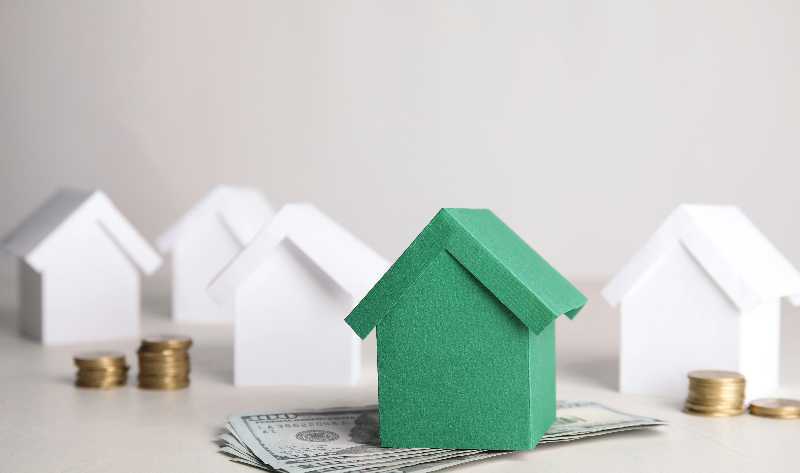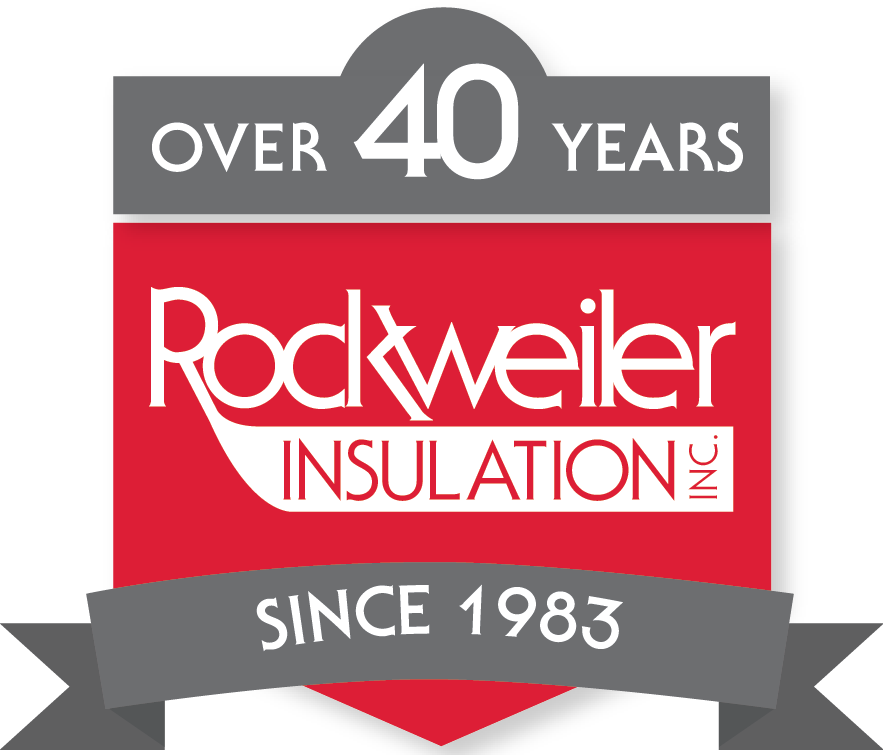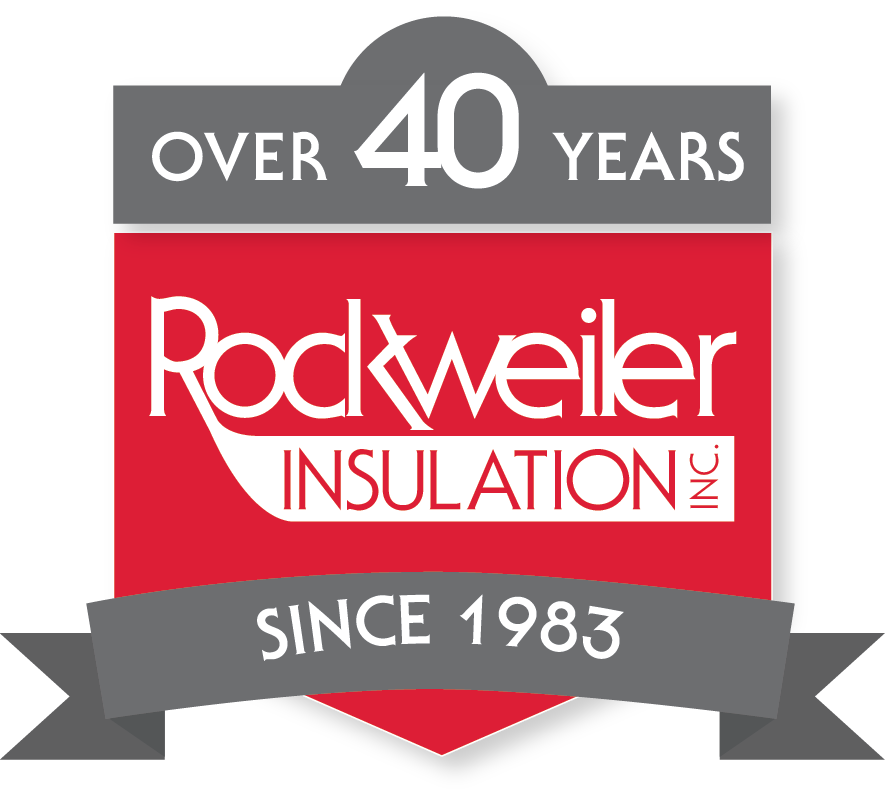When the wind starts to howl, the snow starts to fall, and the temperature drops, there’s no better feeling than the peace of mind that comes from knowing your home is prepared to keep you and your family comfortable throughout every Wisconsin season. The best way to achieve that peace of mind is by planning ahead and weatherizing your home. Let’s explore weatherization and a variety of weatherization incentives available to all Wisconsin residents looking to improve their home’s energy efficiency and save money on energy bills.
Understanding Weatherization

What does it mean to weatherize your home or building? Weatherization simply means to fortify your home or building against the elements. This could involve adding insulation, sealing air leaks, upgrading outdated heating and cooling equipment, updating to efficient Energy Star appliances, and more. When you weatherize your home you not only enhance its comfort, but it delivers other substantial benefits to you and your family. By sealing leaks and adding insulation, weatherization conserves energy, reducing your energy bills by up to 18%. And less energy consumption means lower carbon emissions, contributing to a greener planet. Weatherization is a win-win, making your home or building more comfortable while protecting both your wallet and the environment.
Tax Credits and Rebates
Tax credits and rebates can be valuable tools for homeowners, builders, and businesses looking to save on energy-related expenses. For Wisconsin residents, state-specific rebate programs like Focus on Energy offer rebates for energy efficient home improvement upgrades. Funded by the state’s investor-owned energy utilities and participating municipal electric utilities and electric cooperatives, Focus on Energy provides incentives and programs to encourage energy efficiency, contributing to lower utility bills and a more sustainable future. (Other tax credits may also be available for clean energy upgrades, such as installing solar panels, through the federal Investment Tax Credit (ITC).) The recently passed federal Inflation Reduction Act (IRA) is directing an unprecedented $369 billion toward energy saving initiatives through tax credits. Visit the Rockweiler Insulation Tax Credits page to learn more about the federal tax credit amounts available.
Check out Wisconsin homeowners Emily and Paul Kosmerl’s weatherization success story and learn how you can benefit from available tax credits and rebates for your home.
Tips for Homeowners

As you look to weatherize your home or building project it’s important to start by assessing your needs and budget. It’s essential to hire a trusted and experienced contractor to ensure quality workmanship. Be sure to check for certifications and references and undergo an energy audit to pinpoint specific improvement areas. While DIY weatherization may seem tempting, it often leads to subpar results, excessive project costs, and potential energy wastage. Professional contractors, such as the trusted team at Rockweiler Insulation, have the knowledge and tools you need to maximize your energy savings and effectively weatherize your home or building project.
Enjoy a Comfortable Home All Year Long
Ultimately, weatherization offers you the opportunity to enhance your home’s energy efficiency, comfort, and environmental sustainability while saving you money. Be sure to explore and apply for federal tax credits and rebates, as well as state-specific weatherization incentives that provide financial support for these crucial upgrades. Remember, it’s essential to choose a reputable contractor to provide a home energy audit and to guarantee quality work. While DIY weatherization may seem appealing, professional expertise ensures optimal results. By taking advantage of these incentives and making informed choices, you’ll save money and enjoy a greener future.
FAQs About Weatherization
How does weatherization improve the energy efficiency of my home?
Proper insulation and air sealing create an airtight home that allows your HVAC system to work less and stay healthier, while updated appliances and lighting require less energy to do their jobs.
What are some common weatherization techniques that can be applied to homes?
Some of the most common weatherization techniques include:
- Adding insulation to walls, floors, and attics
- Sealing gaps and cracks around exterior doors and windows to prevent air leaks and drafts
- Upgrading doors and windows
- Repairing your roof
- HVAC maintenance
- Installing smart thermostats and energy efficient lighting
- Installing heat pump water heaters or wrapping insulation around your water heater
- Upgrading appliances to Energy Star appliances that are more energy efficient
What is the typical cost associated with weatherizing a home?
Costs can vary depending on the size of your home, the year it was built, your local climate, the type of weatherization improvements your home needs, and the extent you decide to weatherize. Don’t forget to factor in any tax credits, rebates, and other incentives you may qualify for.
How long does it typically take to weatherize a home?
It depends on the size and scope of the job, but it typically takes from a few days up to a week to completely weatherize a home.
What is the role of insulation in weatherization?
Insulation plays a crucial role in home weatherization because it acts as a thermal barrier against heat transfer, keeping your indoor temperature more stable and your home more comfortable. Combined with air sealing, insulation creates an airtight, energy efficient home.
How can I identify if my home needs weatherization improvements?
If you’ve noticed any of the following, it’s time for weatherization improvement:
- Your heating and cooling equipment is unreliable, inefficient, or over 15 years old.
- You’ve noticed excessive blower noises, or sporadic pops, bangs, or rattles from your furnace.
- Your energy bills have gone up.
- Your home is cold and uncomfortable.
What types of homes can benefit from weatherization?
Every home can benefit from weatherization—big or small, old or new.
Can weatherization increase the value of my home?
Yes! Future buyers often pay more for an energy efficient home with eco-friendly upgrades.
What are the signs of effective weatherization in a home?
You’ll notice numerous signs of improvement due to effective weatherization including improved energy efficiency, comfort, and indoor environmental quality, along with lower utility bills and reduced environmental impact.
How can I find a reliable contractor to undertake weatherization projects?
Do your research. Talk with friends and family, read online reviews, and look for a local contractor who is properly licensed and certified. Contact several contractors for estimates and pictures of their work. Residents in Madison and the surrounding communities can count on the trusted team at Rockweiler Insulation for their insulating needs. Contact us today with any questions and for a free estimate.



